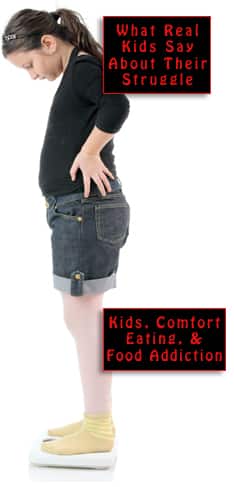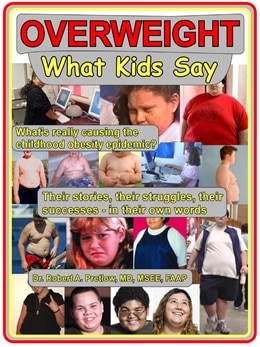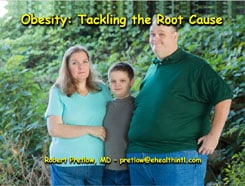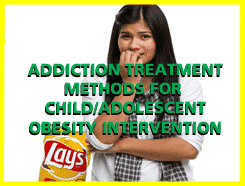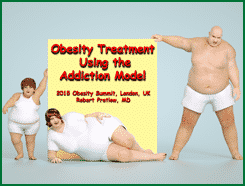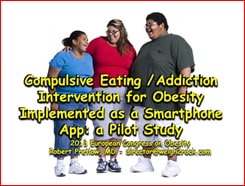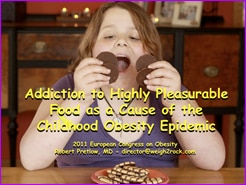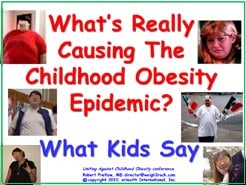Guidelines, Quibbles and Quirks — Part 2

The association between the new American Academy of Pediatrics guidelines and Body Mass Index (BMI) has been mentioned. A lot of healthcare providers take issue with the standard of measurement, and this is nothing new. The author here is a psychiatrist and eating disorder specialist Kimberly Dennis, who says there are many more accurate obesity markers, “such as blood pressure, cholesterol levels, blood glucose, mental health, and level of engagement with exercise.”
In the mental health area, she and others see the preoccupation with weight as a species of fat-shaming, and are of course worried that this leads to dangerous territory:
There is robust research showing that a history of dieting is the number-one risk factor for developing an eating disorder, with weight stigma and “the thin ideal” following close behind.
Whether one agrees with that point or not, it is certainly worthwhile for institutions and individual researchers to take the trouble to establish more appropriate measurement standards. Part of what bothers a lot of professionals is the ranking-system nature of using BMI percentages. It’s like a criminal court, where stealing a certain amount is larceny, and anything over that amount is grand theft. This dependence on numerical classification is a trait of bureaucracy, and an essential one in some cases, but perhaps not necessary in assessing medical conditions.
Race
Recently The New York Times hosted an opinion page about the latest developments in the childhood obesity field. Registered dietitian and board-certified eating disorder specialist Cristina Rivera wrote in to say that she and many colleagues reject the new guidelines. The guidelines seem to suggest or imply that losing weight will solve everything, and factors like poverty, an unsafe environment and a lack of access to things like fresh food and healthcare, will no longer be obstacles in children’s lives.
Exactly the reverse is true. Being economically disadvantaged in a chaotic environment is likely to cause unhealthy eating behaviors. Rivera said,
Additionally, as a person of color, I take much offense to these guidelines as they will without a doubt disproportionally affect and further stigmatize Black and brown folks… Rather than using this as an opportunity to state the need for meaningful policy change, the best they can do is encourage practitioners to prescribe weight loss medication to kids? I encourage all health care professionals to take a moment to reflect on the principle of “do no harm.”
Pharmaceuticals
Kate Bauer, an associate professor of nutritional sciences, states that she has seen adults make complicated and significant decisions about entering into a relationship with weight-loss drugs, “with the support of intensively trained health care providers.” Her fear is that children will be carelessly led into such impactful decisions without receiving this level of care. Her stand on the subject is,
General practice pediatricians should not be responsible for providing children pharmacotherapy for higher weight. There are serious medical and emotional implications of starting children on medication to alter their weight. Most pediatricians do not have the proper training to approach this topic with families or to adequately make clinical decisions and monitor.
Your responses and feedback are welcome!
Source: “A Critical Look at New Guidelines for Kids With Higher BMIs,” PsychologyToday.com, 02/11/23
Source: “Childhood Obesity: What to Do?,” NYTimes.com, 02/11/23
Source: “New Childhood Obesity Guidelines May Do More Harm Than Good,” Futurity.org, 02/13/23
Image by Medici con l’Africa Cuamm/CC BY-SA 2.0










 FAQs and Media Requests:
FAQs and Media Requests: 